Is dermaplaning safe?
Yes, absolutely. In the right hands. It’s entirely reasonable to entertain a certain level of apprehension about having your skin worked over with a very sharp knife by someone you’ve only just met. However, as long as you follow my tips for staying safe and make sure to visit a good practitioner, you have nothing to worry about. With the right technique using a sterile blade held at a consistent 45-degree angle, this is no more hazardous than a shave with a razor.
Does dermaplaning hurt?
Not at all. The scalpel is used to scrape, not slice, and it’s only removing the very uppermost – and already dead – skin cells, so you’re not going to feel any pain. All you’ll feel is a light, slightly scratchy scuffing sensation as the blade works its way around.
Where can I get dermaplaning?
Dermaplaning is an increasingly common treatment and the lack of specialist equipment has only helped to boost its availability. But please remember that you are still entrusting your skin to someone wielding a very sharp blade. Technique is all-important and experience is key, so find a practitioner with good credentials.
How much does dermaplaning cost?
You can expect to pay from £150 for a dermaplaning session.
How long does dermaplaning take?
Just under an hour, in my experience. Your practitioner may apply a peel before the scraping starts to loosen the skin cells up a bit – whether they do often boils down to personal preference and your exact skin composition – and then the fun starts and they’ll be scuffing away for a good half an hour to forty-five minutes. This is usually followed by the application of an active serum — taking advantage of the skin’s reduced barrier — and a sunscreen.
How long does dermaplaning last?
The effects of dermaplaning are most evident during the first week. After that, your skin starts to return to how it was before, and your vellus hair regrows – and you may want to go back for another session about six weeks after treatment.
Can men get dermaplaning too?
Gentlemen, yes you can do this too. There’s no reason not to. You might think that removing vellus hairs is a waste of time, particularly if shaving a beard does much the same job, right? Well, apart from the fact that there’s obviously a lot more of your face to shave than just the bearded area, there’s also a distinct difference between the techniques used in dermaplaning and shaving. Plus, the technique can lower your risk of getting in-grown hairs post-shaving too.
Should I shave before dermaplaning?
If you have only vellus hairs on your face – which are thin, short, and unpigmented – then there’s no need to shave. The dermaplaning will take care of that. In-clinic dermaplaning appointments for the body are less common, but you would need to remove the hair from your legs, for example by shaving, before your session to get the best results.
If you have a beard, you’ll want to shave it off too – the skin underneath your beard will benefit from the treatment. If you really don’t want to remove your beard, mention it when you book the appointment – they should be able to work around it, but make sure they’re aware of the situation.
Are there any side effects to dermaplaning?
As long as you don’t have very sensitive skin, or severe acne or rosacea, the worst you can expect after a dermaplaning session is some mild redness, and that only lasts about half an hour.
What is it like to have dermaplaning?
When I tried the treatment, signing the form saying that I understood that the therapist would be using a scalpel on my skin gave me pause for thought. But once she started work on my face, I stopped feeling anxious. The scalpel was used so lightly I hardly felt it, and the soft scuffing movements were so hypnotically soothing that, as the treatment carried on (it takes the best part of an hour), I was nearly lulled to sleep.

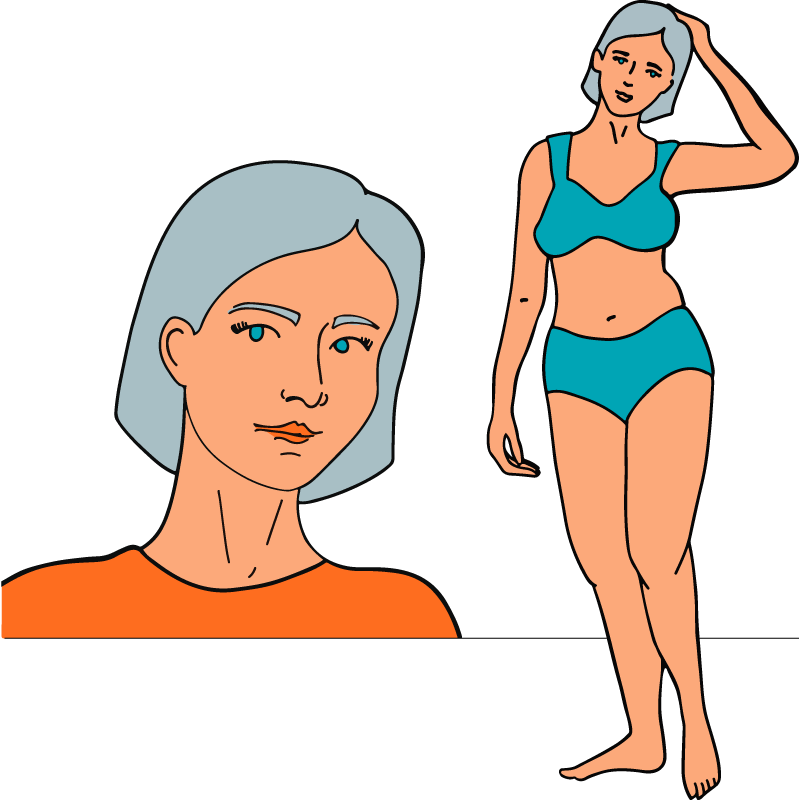

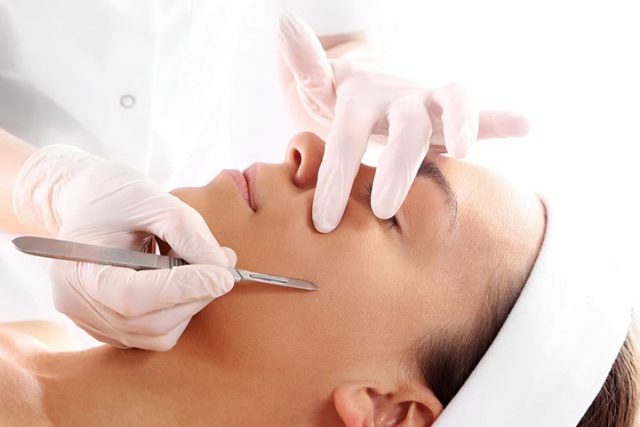

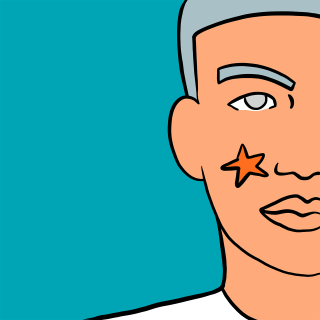
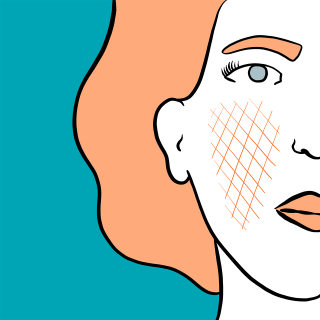
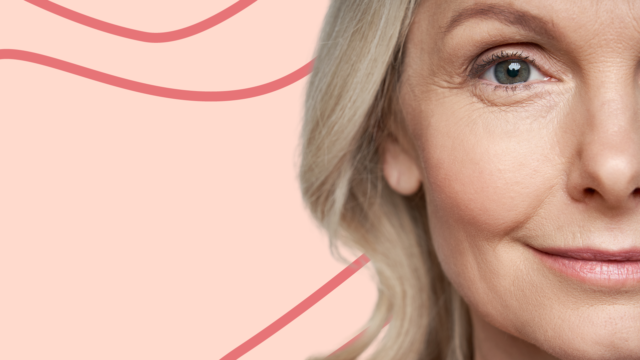
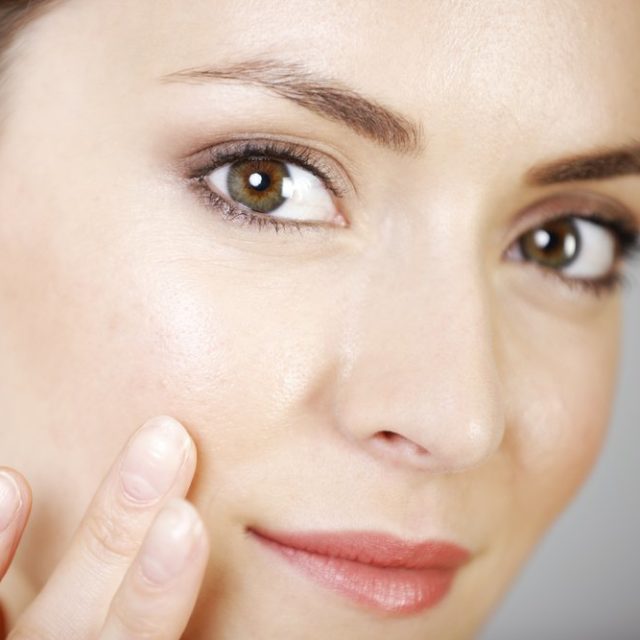
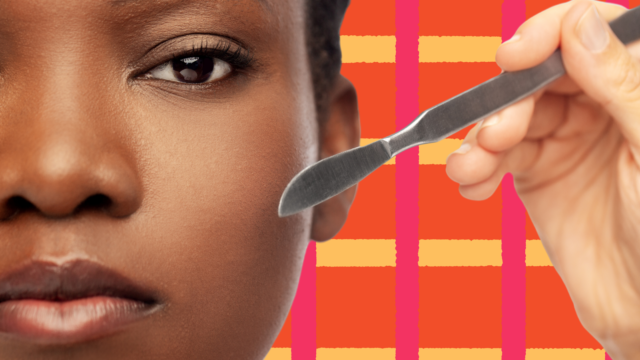
 The Tweakments Chatbot
The Tweakments Chatbot